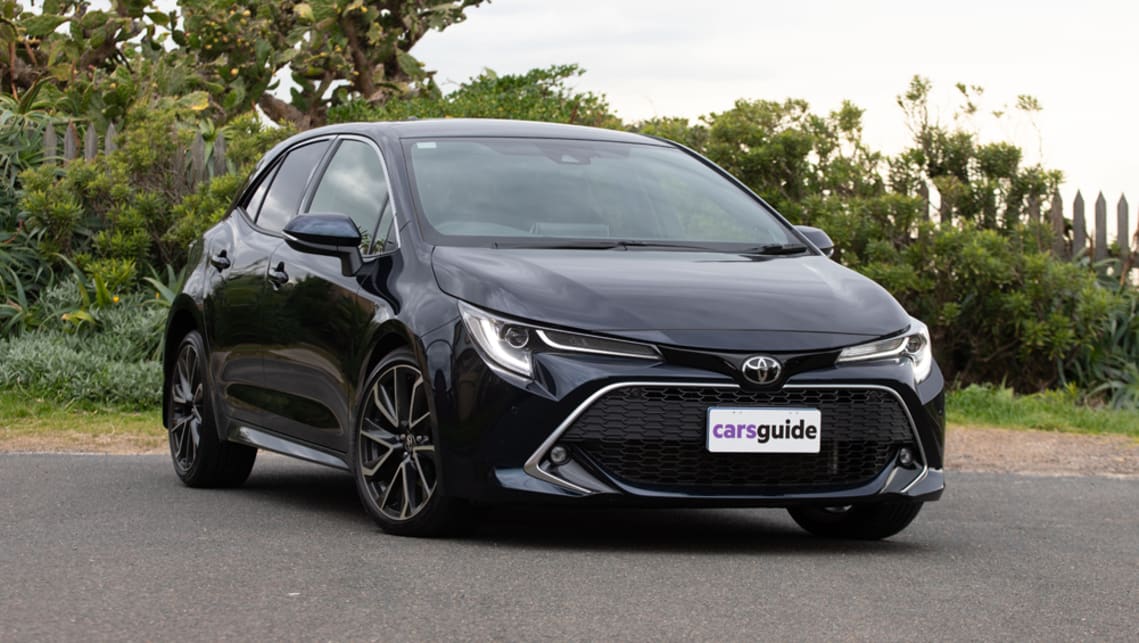
While the small-car segment still represents almost 15 per cent of the total vehicle market, it is down nearly 30 per cent year-to-date (against an overall 20 per cent decline), and Corolla sales have slipped 18.6 per cent; but that also means that, in 2020, the Toyota’s share of the pie has grown, to almost a quarter of all class volume. Clearly something’s working for the evergreen ‘Rolla.
Adjusted for inflation, taking the cheapest version available – the Ascent Sport manual at $23,895 (all prices are before on-road costs) – the 2020 version is nearly 10 per cent cheaper than it was 10 years ago and a staggering 25 per cent less than in 2000, when its RRP was ‘just’ $19,750.
Additionally, the existing Corolla is larger, roomier, faster, more economical, more fun to drive and immeasurably safer than its E110 predecessor of 20 years ago.
Read More: New Toyota Corolla 2021 pricing and specs detailed: Mazda 3 rival increases in cost with update
While the 2000 Ascent offered air-con, a driver’s side airbag and power steering as standard, for power windows (fronts only), central locking and a CD player you needed to step up to the $22,750 Conquest… which bumps the price up to $36,644 in today’s money. You needed to splash out on the $25,920 Levin ($41,750 in 2020) for anti-lock brakes (ABS) and alloy wheels, while for a standard front-passenger airbag and fog lights it had to be the $27,100 Ultima ($43,650 today).
And that’s before cruise control, while standard 2020 Corolla features like adaptive cruise control, Bluetooth, Apple CarPlay/Android Auto, autonomous emergency braking (AEB), multiple airbags, reverse camera, lane-departure alert with steering assist, auto high beam, speed-limit recognition and heated mirrors weren’t available, period. Cars that had just one or two of these items in 2000 – like the $171,500 Lexus LS430 – cost over $276,000 in today’s coin.
Going further back, the Corolla was even more basic yet similarly expensive, and you need to go all the way to recession-ravaged 1980 before you could almost buy a new Corolla with the same inflation-adjusted money as you can today. Yet that KE55 SE sedan’s puny 45kW 1.3 was a real low-point in the series’ history, unable to even muster the spirit of the zingy ’67 KE10 original. At least the pretty 1970 KE20 had sprightliness and spunk on its side.
Advantage: 2020 Corolla buyer
| Corolla pricing | |
| Year RRP | RBA adjusted |
| 2020 $23,895 | $23,895 |
| 2010 $21,740 | $26,044 |
| 2000 $19,750 | $31,811 |
| 1990 $15,065 | $30,189 |
| 1980 $5719 | $24,987 |
| 1970 $2189 | $25,781 |





















Comments